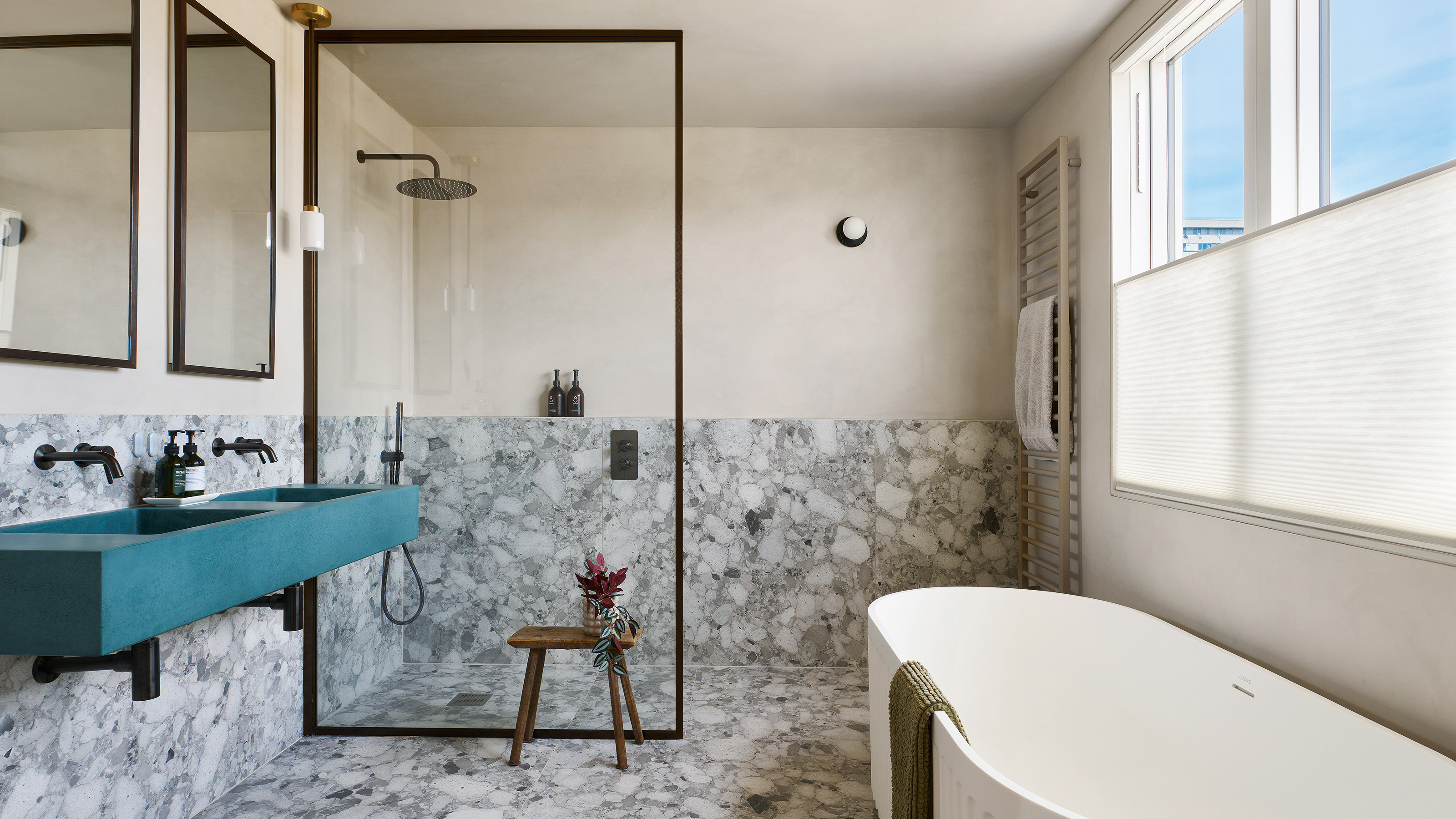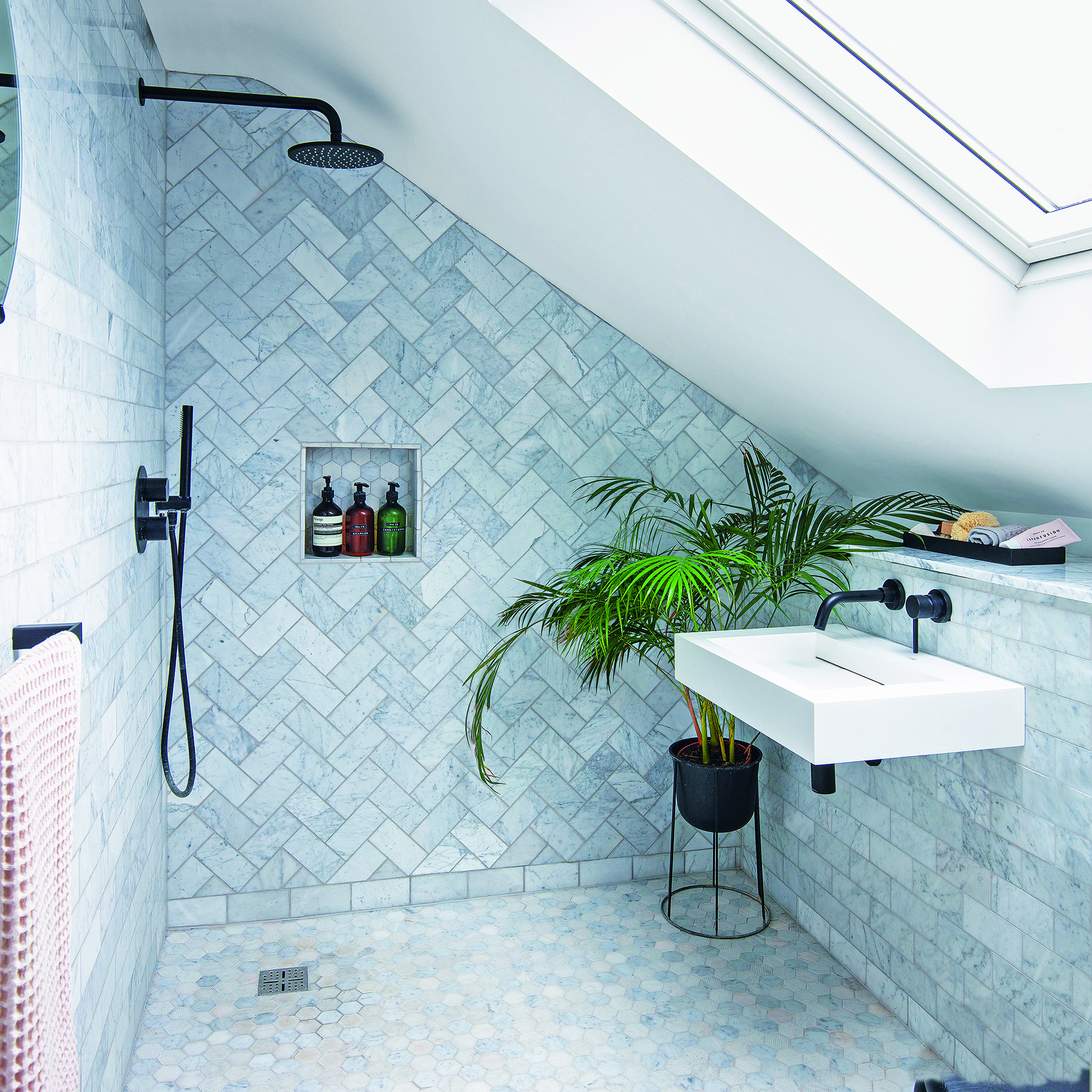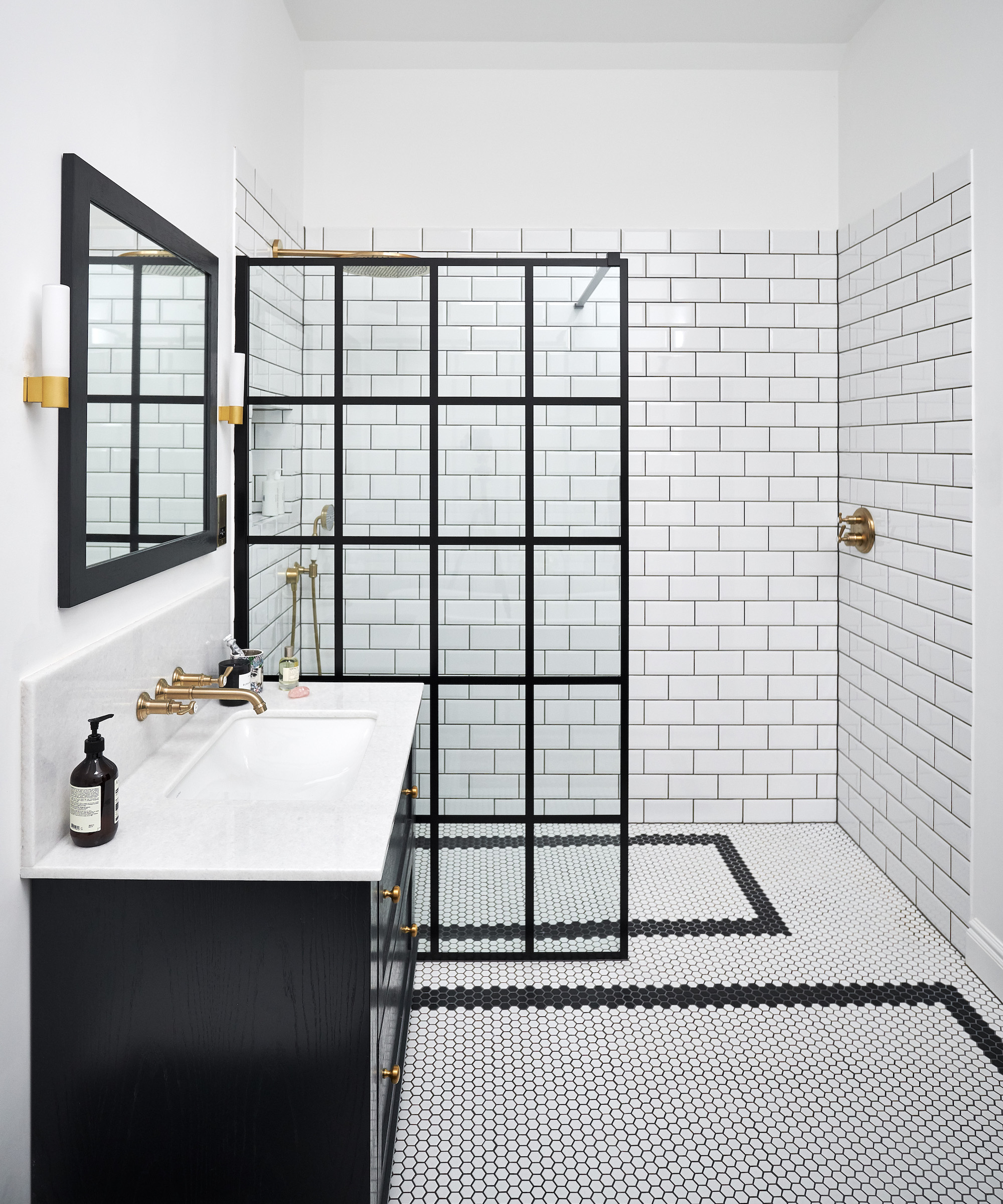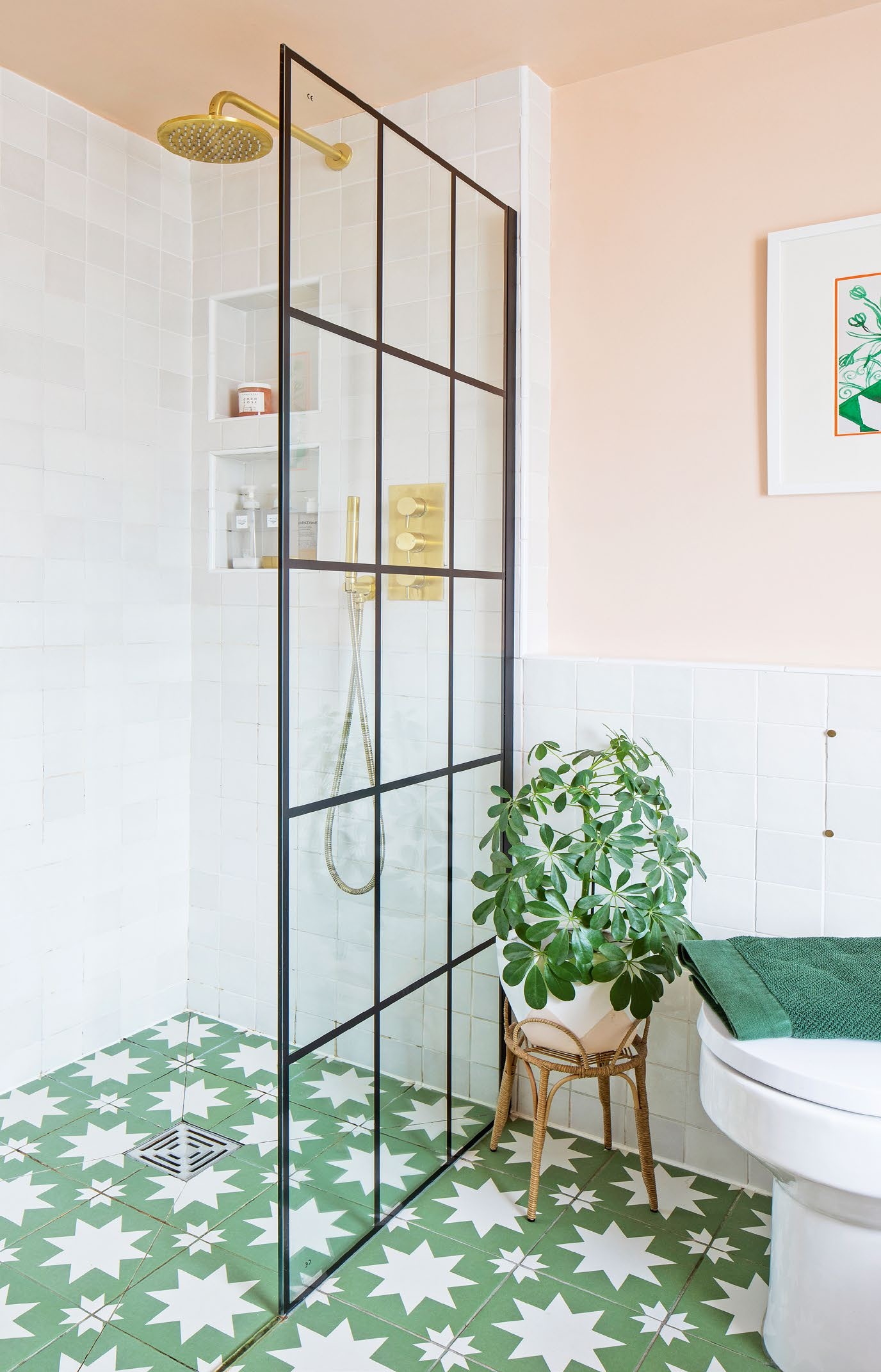Experts warn homeowners never to try this DIY bathroom renovation job at home – a small mistake can spell disaster for your home
Make a small mistake, and you could cause serious structural damage to your home


We're all for DIY on Ideal Home. Anything that saves money and elevates our home is a win in our book. However, some projects, like tanking a bathroom to create a wet room, should never be attempted by a casual DIYer.
While it is technically possible to tank a wet room on a DIY basis – there are plenty of kits available online, like this Thermopanel kit from B&Q – the risks are incredibly high. Tanking involves making the entire bathroom waterproof. A single gap or crack and the water will seep through the floor or walls, causing damp, rot and mould, and potentially affecting the structural integrity of your home.
Hiring an expert to tank your wet room not only ensures a professional finish, but a professional's work will also be guaranteed. This means that should something go wrong with the tanking of your wet room, you will be financially compensated – something that is not the case with DIY.

What is tanking a bathroom?
Creating a wet room is one of the most involved bathroom renovation projects, as it requires the entire space to be gutted and then made waterproof. Waterproofing is achieved through tanking, which comes in two forms: liquid and membrane. Liquid waterproofing is rolled over walls and floors to create a waterproof surface, whereas a membrane is a physical barrier placed between the bathroom flooring or walls and tiles.
This might sound straightforward, especially if you know how to tile a bathroom, but you need to be 100% confident that the space is waterproof, as even a tiny gap can be catastrophic. Unless you're willing to risk thousands of pounds on your DIY skills, most experts agree that this is a job best left to the professionals.
There are also additional considerations when it comes to bathroom layouts that you wouldn't need to consider in classic bathroom renovations.
‘As well as tanking the room, you will also need to factor in creating a gentle gradient in the main shower area so that water flows easily into the waste,’ says Barrie Cutchie, design director at BC Designs.
Sign up to our newsletter for style inspiration, real homes, project and garden advice and shopping know-how
‘Hidden tray systems, which fit under the floor tiles and take care of drainage gradients, are the most popular choice and blend into the aesthetics of the rest of the room. Because of the extra specialist building work required to tank a wet room, you are looking at a 20 per cent increase in costs compared to other walk-in shower ideas.’
A shower enclosure is a significantly more affordable alternative, like this Sundaze design available from B&Q, and can still deliver a spacious showering experience.

Why should you never try DIY bathroom tanking?
When creating a hotel-style wet room, the whole space needs to be totally waterproofed, as even making a small mistake when tanking your bathroom can prove costly – a small leak may require you to rip out your newly renovated wet room, then hire a professional to fix the problem, potentially have to repair structural damage and finally, you'll need to refit your bathroom. So even though the cost of hiring a professional to install a wet room is high, it is a fraction of the cost of the repairs should something go wrong.
'Wet rooms aren't a cheap budget bathroom idea or a quick fix,' says Lee Reed, head of marketing, Easy Bathrooms. 'Unless you’re a very experienced DIYer, installing a wet room is a job best left to the professionals. The best plumbers and tilers will — and should — charge a reasonable fee for their work. You can expect to pay at least £5,000 for this.'
However, you can expect a professionally installed wet room to add value. 'In some cases, a high-quality wet room can boost a home’s value by 2–5%,' explains Jack Malnick, MD of Sell House Fast.
When choosing a professional to install your wet room, look for someone who is qualified in fitting wet rooms and who offers a guarantee on their work. Trusted Trader has a list of recommended wet room installers. You should also ask to see examples of wet rooms they've installed and customer testimonials.
'Ultimately, the key to a successful tanking is good workmanship. As long as the workmanship is of good quality, there should be no problem,' says Natalie Bird, brand marketing manager at bathroom company Roca.

How to save money when building a wet room
Most people undertake DIY projects because it saves money, allowing them to renovate on a budget. Completing projects yourself can be the difference between you having the home of your dreams or not. So, while you shouldn't DIY bathroom tanking, there are some renovation jobs you can undertake yourself when planning a bathroom.
These include stripping out the old bathroom by removing the old bathroom suite, taking tiles off the walls and lifting up the flooring. These are time-consuming tasks but very easy to do yourself – all you need is a tile chisel like this from Amazon and a hammer.
Once the tanking is complete, you could fit the new bathroom appliances on a DIY basis if you are confident in your skills.
Another way to save money on a new bathroom is to use bathroom tile alternatives. Solid wall panels, like this Splashwall stone effect panel from B&Q, are cost-effective, hygienic and easy to install, making them ideal for wet rooms.
‘Installing a panel system, like a Showerwall, is six times faster than tiling, which keeps labour costs down and speeds up your renovation,’ says Steph Harris, product manager at Showerwall. ‘As it has no grout, it is also easier to keep clean and mould-free than tiles.’

Can I have a wet room upstairs?
It is a misconception that wet rooms can only be installed on the ground floor of a property – they are a luxurious alternative to an en-suite, regardless of whether you live in a bungalow or at the top of a block of flats.
‘As long as you are working with an experienced specialist who is familiar with wet floor installations, you shouldn’t have any problems at all,’ says Faye Young, senior designer at Ripples. ‘If installed correctly, the tanking and waterproofing material used in wet rooms makes the whole area completely watertight, so it doesn’t matter whether they are on the ground floor or the third.’

Holly is one of Ideal Home’s content editors. Starting her career in 2018 as a feature writer and sub-editor for Period Living magazine, she has continued this role also adding regular features for Country Homes & Interiors and the Ideal Home website to her roster. Holly has a passion for traditional and country-inspired interiors – especially kitchen design – and is happiest when exploring the countryside and hills of the Lake District. A keen gardener, she is a strong believer that you can never have too many houseplants.